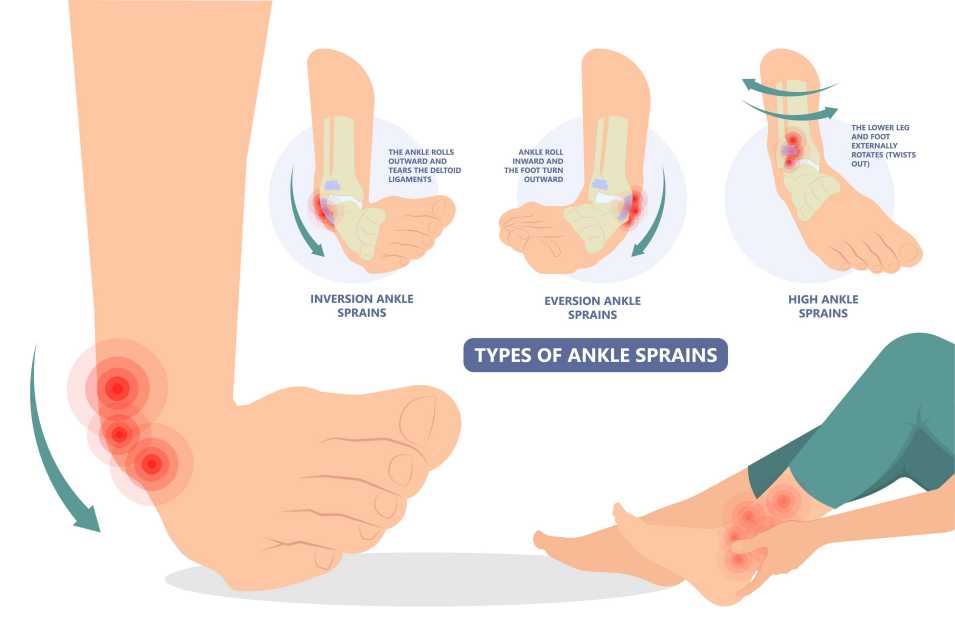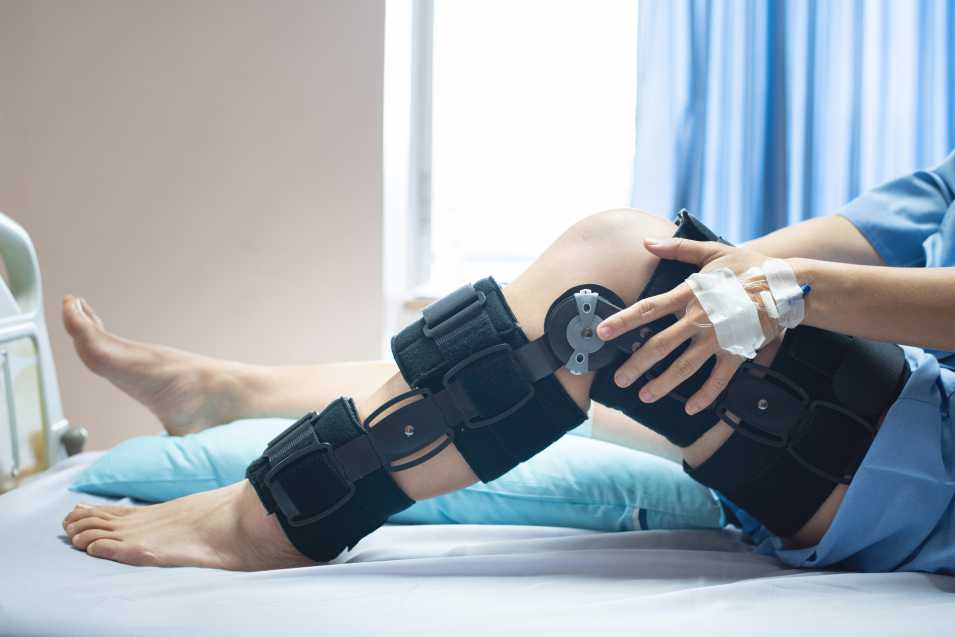Compression Fracture Physical Therapy; If you have a spinal compression fracture, your doctor will probably prescribe pain medications, rest, and bracing. Physical therapy is a good complement to this conventional approach.
It helps maintain range of motion and protects the healing area whether your fracture is managed conservatively or surgically. It also educates you about movement habits that may make your fracture worse.
Multimodal Approach
Compression fractures occur when a bone or multiple bones weaken or are fractured by a single force. It can be caused by osteoporosis, fractured vertebrae, or trauma.
A common cause of back pain, a compression fracture can affect physical function, mental health, survival and quality of life. Complications are rare and include vertebral infection and bleeding; however, these complications represent a significant morbidity and expense to the healthcare system, especially in patients with refractory, severe back pain.
The lumbar and thoracic spine are more at risk for a compression fracture than other bones in the body. For this reason, it is important to understand the risks and what to do to prevent a compression fracture from happening in the first place.
Related Article: Acoustic Compression Therapy
Ultrasound
Compression Fracture Physical Therapy; In some cases, ultrasound can help a physical therapist evaluate and treat compression fractures. The therapy works by applying a gel to the skin and using sound waves that bounce off tissues.
The resulting image shows how the tissues look and feel. Softer tissues appear in darker grays, while denser ones appear as lighter grays.
Ultrasound is also used to detect and treat certain cancers that may have spread to the spine. Cancer weakens the spinal bones and makes them susceptible to compression fractures.

If the ultrasound reveals that you have a compression fracture, it is important to discuss treatment options with your doctor. Your doctor will likely order an X-ray or a CT scan of your spine.
Related Article: Spinal Decompression Massage Therapy
Manual Therapy
A spinal compression fracture is a very common injury that typically occurs due to osteoporosis. Osteoporosis weakens bones, making them more vulnerable to trauma such as coughing, lifting, twisting, or bending.
Together, you and your physical therapist will devise a plan to alleviate your suffering. You will learn how to manage your back pain and avoid re-injury by improving posture, body mechanics, strength, and flexibility.
Related Article: CFMT Physical Therapy (Certified Functional Manual Therapist)
During treatment, your physical therapist will also strengthen your back and neck muscles to help support the spine. Your therapist will also teach you proper techniques for daily activities, such as coughing and sneezing to reduce the risk of future injury.
Your physical therapist will prescribe exercises to perform in the clinic and to do as part of a home program. These exercises will focus on regaining and maintaining the flexion motion of your upper back (thoracic spine) as this is particularly important for patients with osteoporosis-related compression fractures.
Strengthening Exercises
The strengthening exercises approach is a crucial element to compression fracture physical therapy. It improves your posture and reduces pain and stiffness.
Your Humpal Physical Therapist will prescribe exercises that are tailored to your needs. These can be done in the clinic or as part of a home program.
These exercises can help build strength and endurance, giving you the stamina to keep up with your daily activities. They can also help prevent recurrences.
Compression fractures are often caused by osteoporosis, which weakens bones, making them more susceptible to injury. Often, even a small motion can cause a vertebra to fracture.
Fortunately, most compression fractures heal independently within 8 to 12 weeks. Talk to your doctor about starting a physical therapy program if you have a fracture.
Related Article: Best Rated Physical Therapy NYC
